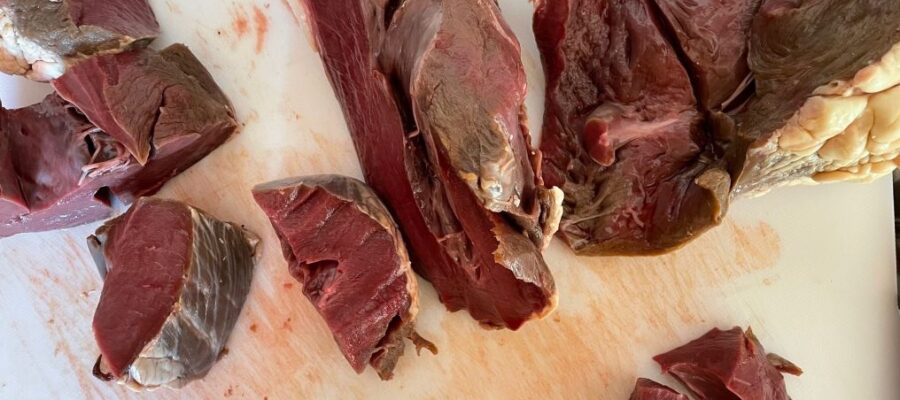
Unraveling the Mystery: Why Dogs Become Picky Eaters and How to Help Them
Updated: May 2024
It can be frustrating when your dog refuses to eat, especially when it has been a day or two since their last meal. Worried about their health, dog owners will go to great lengths to help their dogs. Picky eating is a common concern among dog owners, but understanding the reasons behind this behavior and implementing effective solutions can help restore your furry friend’s appetite.
Why Dogs Become Picky Eaters
Several factors can contribute to picky eating in dogs:
- Taste Preferences: Just like humans, dogs develop individual tastes. Early exposure to various flavors and textures can shape their preferences, leading to selectivity later on.
- Health Issues: Dental problems in dogs, gastrointestinal discomfort, or pain while eating can make mealtime unpleasant, causing your dog to avoid food. If your dog’s pickiness is sudden or persistent, a veterinary checkup is crucial to rule out underlying health conditions.
- Environmental Stress: Changes in routine, environment, or the addition of new pets or family members can cause stress and anxiety in dogs, leading to a decreased appetite. Thunderstorms are another reason to cause stress in a dog causing them to be very picky.
- Overindulgence in Treats: Offering excessive treats or table scraps can spoil a dog’s palate, making them less interested in their regular food. Dog treats can have high amounts of fat, so not only are dogs not eating their recommended diet, they could also be adding unwanted body fat.
- Age-Related Changes: Senior dogs that won’t eat may become pickier due to changes in their senses of taste and smell, decreased metabolism, or underlying health conditions. As a dog ages their teeth become more sensitive to dry kibble, sometimes causing pain. This is why older dogs tend to shy away from their food.
Solutions for Picky Eaters
Dogs that won’t eat can be stressful for dog owners, but some solutions can help promote eating and maintain nutrition levels.
- Establish a Feeding Routine: Consistent meal times create predictability and reduce anxiety. Feed your dog in a quiet, stress-free environment, and avoid leaving food out all day.
- Experiment with Food: While keeping in mind that changing a dogs food may take time to get used to, offer a variety of high-quality dog foods with different flavors, protein sources, and textures (kibble, wet, raw). Don’t rush to change their food as this could cause more digestive problems. You might discover a combination that your dog finds more appealing.
- Monitor Treats and Table Scraps: Limit high-value treats and table scraps to ensure your dog views their regular food as the primary source of nutrition.
- Food Toppers: Enhance the flavor and palatability of your dog’s food with a healthy topper. Consider options like ChowPow’s best dog food toppers for picky eaters, packed with natural flavors and nutrients to entice even the pickiest eaters.
- Veterinary Consultation: If your dog is on the verge of starving, a trip to the vet is a must. The moment you think that your dog is in need of medicinal attention it wouldn’t hurt to reach out to them first to get their opinion. Your vet can help identify any underlying health problems causing your dog’s reluctance to eat.
Remember, patience and consistency are key when addressing picky eating. With a bit of understanding and the right approach, you can help your dog rediscover the joy of mealtime and ensure they receive the proper nutrition they need to thrive.






